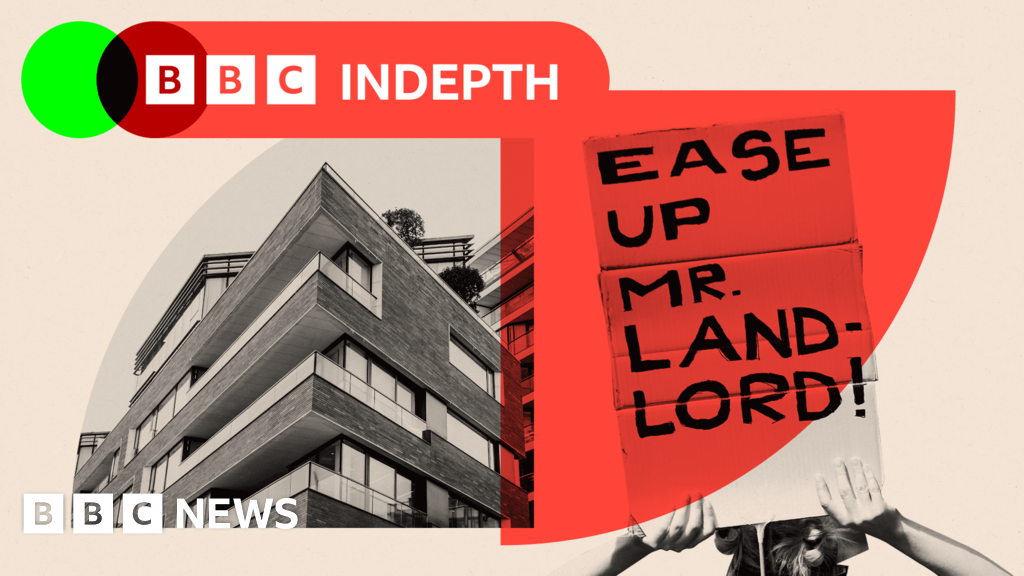In the 2010 general election, private renters were as likely to vote Conservative as as Labour – both parties got about 26% of their vote.
By 2015 this had shifted, with Labour gaining a 15 percentage point advantage over the Conservatives. Under the previous Conservative led coalition government there had been reforms to Housing Benefit that made housing trickier to come by for some reliant on benefits to help them rent privately.
Since then, this division has solidified, compounded by the age divide over Brexit and immigration. In recent years voting patterns have increasingly diverged by age, with younger people leaning increasingly towards Labour in particular. Most private renters are relatively young.
It is the youngest voters who are more likely to say that housing is one of the top issues facing the country – it is regarded as a top three issue for those aged 18-34 according to the IPSOS Issue Tracker and not as important for older groups.
Young people appear far more likely to vote Labour than any other party but it is also true that the Green Party enjoys its highest polling numbers among the same group.
For Labour there is also the very real risk that private renters do not vote at all.
Not only are younger people much less likely to turn out to vote than their older counterparts, but renters are also less likely to vote than home owners.
This has always been the case, but has been compounded by reforms in 2014 to electoral registration in 2014, which the Electoral Commission research shows disproportionately affected renters, who move much more often.
It found that 35% of private renters were missing from the registers in 2022, compared to only 5% of homeowners.
What the respective parties say on housing will no doubt influence who some private renters vote for. But getting them voting in the first place may be no less important.
Credit: Source link











